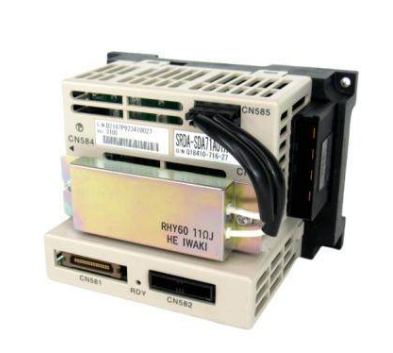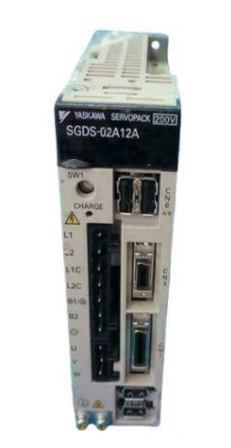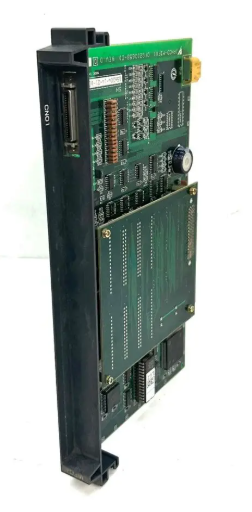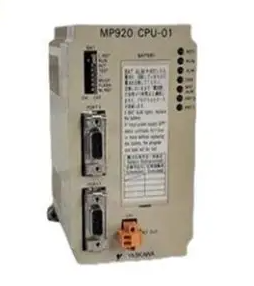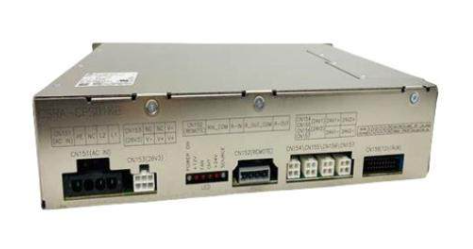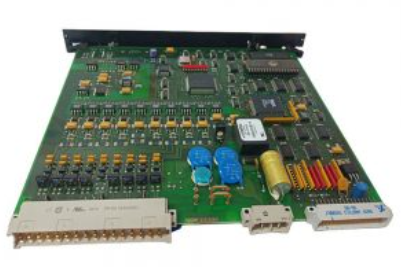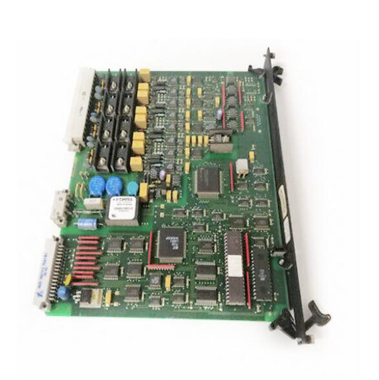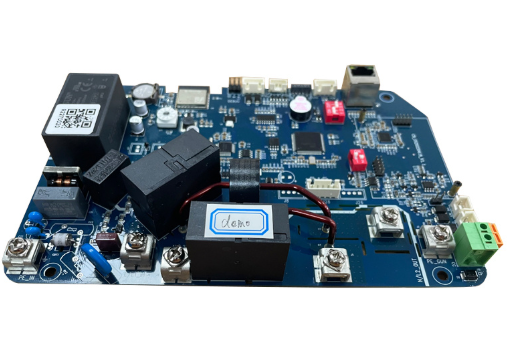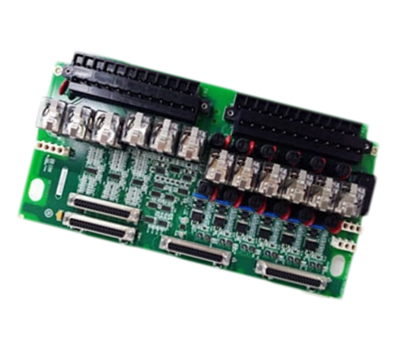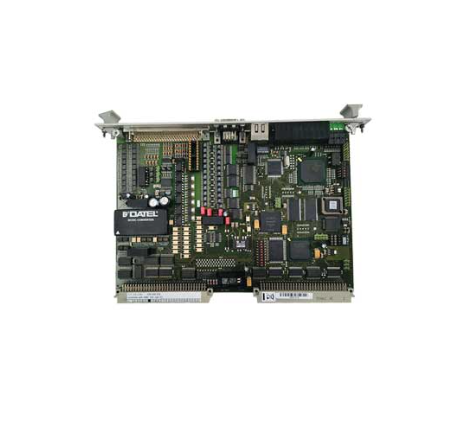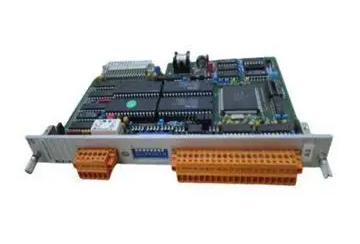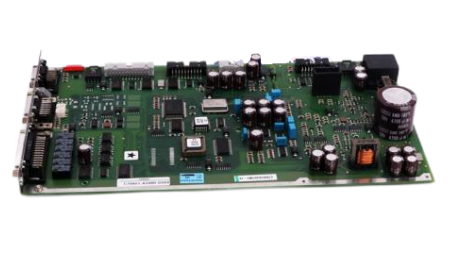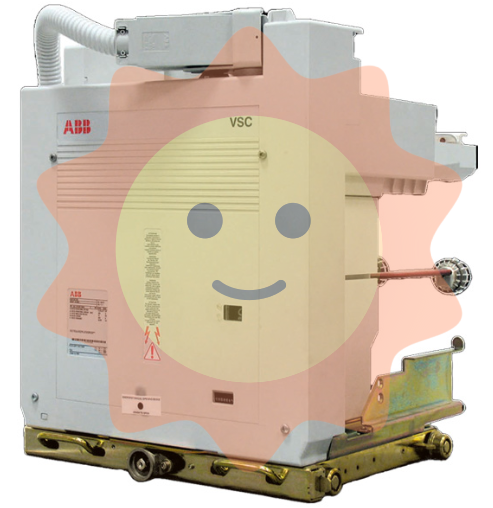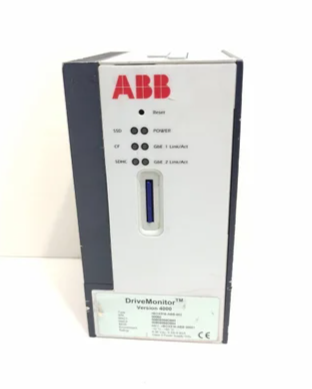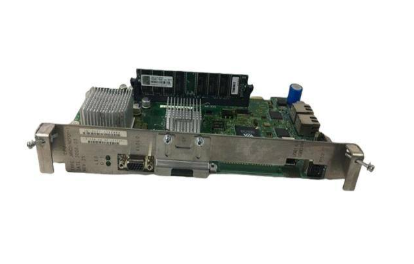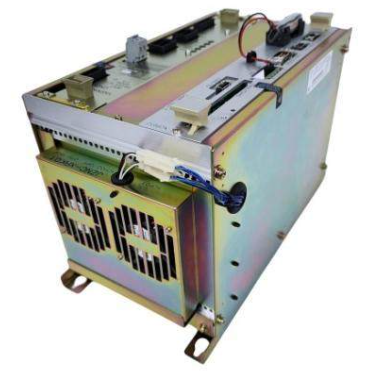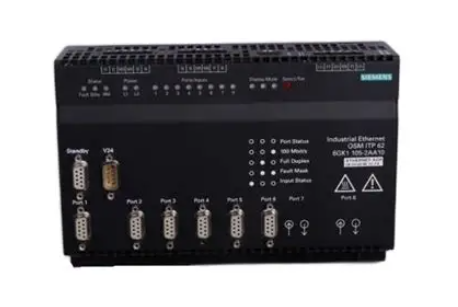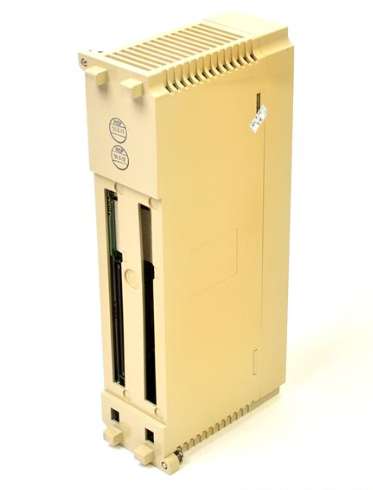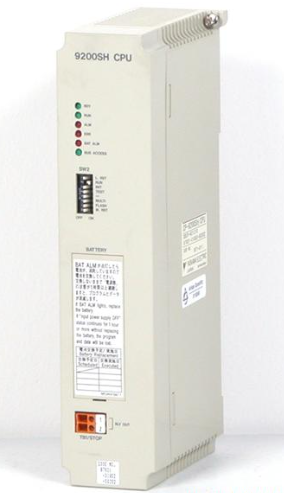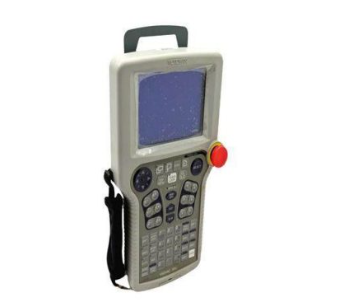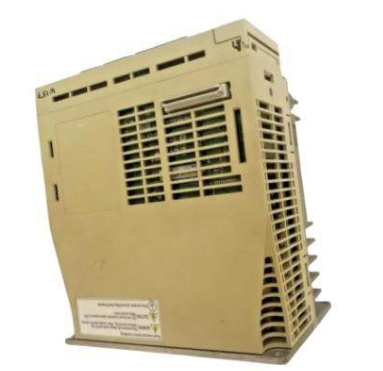AB 1756 IB32 ControlLogix 32-point DC (10…31.2V) Input Module Series B
AB 1756 IB32 ControlLogix 32-point DC (10…31.2V) Input Module Series B
Important Information and Safety Warnings
Characteristic Differences and Liability Disclaimer: There are significant differences in the operating characteristics of solid-state devices and electromechanical devices, and those involved must verify the feasibility of their intended application when applying this module. Rockwell Automation expressly disclaims all liability for indirect or consequential damages resulting from the use or application of this equipment. Also, the examples and diagrams in the documentation are for informational purposes only and should not be relied upon exclusively for actual use. In addition, the reproduction of the contents of this document without
written permission is prohibited.
Security Risk Warning: Various symbols are used in the document to warn the user of security risks. ‘WARNING’ is used to identify operations and situations that could cause an explosion in a hazardous environment, which could result in injury, death, property damage or economic loss; “IMPORTANT” emphasises information that is essential to the successful application and understanding of the product; ‘ATTENTION’ identifies operations and situations that may result in injury, death, property damage or economic loss and helps the user to recognise, avoid and understand the consequences of the hazard; “SHOCK HAZARD” and “BURN HAZARD” respectively. SHOCK HAZARD’ and “ BURN HAZARD” are used to warn of the possible presence of dangerous voltages in the equipment and of dangerous temperatures on the surfaces, respectively.
Environmental and installation requirements
General environmental conditions: The module is suitable for use in industrial environments of pollution class 2, and in overvoltage category II applications it can be operated at altitudes up to 2,000 metres (6,562 ft) without derating. It is classified as Group 1, Class A industrial equipment according to IEC/CISPR Publication 11, but in other environments it may face electromagnetic compatibility problems due to conducted and radiated interference. The module is an ‘open’ device and needs to be installed in a specially designed enclosure that is adapted to the specific environmental conditions, prevents access to live parts and requires tools to open the interior. In addition, the enclosure should be suitably flame retardant and, if non-metallic, comply with flame propagation ratings of 5VA, V2, V1, V0 (or equivalent).
Hazardous area requirements: When installed in a European Zone 2 area, if the product bears the Ex or EEx marking, this indicates that it complies with the requirements of the EU Directive 94/9/EC on potentially explosive atmospheres and that it has been certified as such. However, when in use, it must be installed in an enclosure with a protection class of at least IP54, be used within the specified rating range, take measures to prevent transient disturbances from exceeding 40% of the rated voltage, and use only ATEX-approved backplanes. Also, ensure that external connections are safe, that the equipment is connected and disconnected without powering down or confirming that the area is not hazardous, and that the equipment is not resistant to sunlight or other UV radiation.
When used in a North American Class I Division 2 hazardous area, the product is marked ‘CL I, DIV 2, GP A, B, C, D’ for that area and non-hazardous areas only. Hazardous area temperature codes are marked on the product nameplate. When combining products in a system, the overall temperature code needs to be determined based on the minimum ‘T’ value, and the combined equipment needs to be inspected by the local regulatory agency. The same care should be taken to prevent the risk of explosion during operation, such as connecting or disconnecting the equipment in the event of power failure or confirming the safety of the area, avoiding the replacement of components affecting the suitability of the equipment, if the product contains batteries, they need to be replaced in the non-hazardous area .
Pre-Installation Preparation
Component Identification: Users need to identify the module components before installing the I/O module. Typically, an order includes the 1756 - IB32 module and a Removable Terminal Block (RTB) door label. The module can be used with either the 1756 - TBCH (36-position cage fixture RTB) or the 1756 - TBS6H (36-position spring-loaded fixture RTB), and for applications with heavy gauge wiring or where additional wiring space is required, the Extended Depth Cover (Catalogue No. 1756 - TBE) can be used. If using the 1492 Interface Module (IFM), refer to its documentation for wiring connections.
Power Requirements: The module draws power from the 1756 chassis power supply and requires two supplies from the ControlLogix backplane: 120mA at 5.1V DC and 2mA at 24V DC. When calculating the chassis power supply load, add the current/power value for this module (0.66W) to the requirements of the other modules to prevent overloading the power supply.
Module Installation and Wiring
Module Installation: Installation or removal of the module can be done with the chassis energised, but care should be taken for safety. To do so, align the board with the top and bottom rails of the chassis, then slide the module into the chassis until the locking tabs snap into place. Arcing may occur if the backplane is energised when inserting or removing a module, which could cause an explosion in a hazardous area, so always operate with the power disconnected or the area secured. Multiple arcs can cause wear at the module and connector contacts, affecting module operation .
- EMERSON
- Honeywell
- CTI
- Rolls-Royce
- General Electric
- Woodward
- Yaskawa
- xYCOM
- Motorola
- Siemens
- Rockwell
- ABB
- B&R
- HIMA
- Construction site
- electricity
- Automobile market
- PLC
- DCS
- Motor drivers
- VSD
- Implications
- cement
- CO2
- CEM
- methane
- Artificial intelligence
- Titanic
- Solar energy
- Hydrogen fuel cell
- Hydrogen and fuel cells
- Hydrogen and oxygen fuel cells
- tyre
- Chemical fiber
- dynamo
- corpuscle
- Pulp and paper
- printing
- fossil
- FANUC
- Food and beverage
- Life science
- Sewage treatment
- Personal care
- electricity
- boats
- infrastructure
- Automobile industry
- metallurgy
- Nuclear power generation
- Geothermal power generation
- Water and wastewater
- Infrastructure construction
- Mine hazard
- steel
- papermaking
- Natural gas industry
- Infrastructure construction
- Power and energy
- Rubber and plastic
- Renewable energy
- pharmacy
- mining
- Plastic industry
- Schneider
- Kongsberg
- NI
- Wind energy
- International petroleum
- International new energy network
- gas
- WATLOW
- ProSoft
- SEW
- wind
- ADVANCED
- Reliance
- YOKOGAWA
- TRICONEX
- FOXBORO
- METSO
- MAN
- Advantest
- ADVANCED
- ALSTOM
- Control Wave
- AB
- AMAT
- STUDER
- KONGSBERG
- MOTOROLA
- DANAHER MOTION
- Bently
- Galil
- EATON
- MOLEX
- Triconex
- DEIF
- B&W
- ZYGO
- Aerotech
- DANFOSS
- KOLLMORGEN
- Beijer
- Endress+Hauser
- MOOG
- KB
- Moxa
- Rexroth
- YAMAHA
- Johnson
- Westinghouse
- WAGO
- TOSHIBA
- TEKTRONIX
- BENDER
- BMCM
- SMC


Email:wang@kongjiangauto.com


